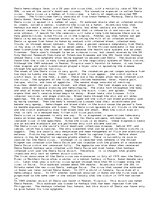-
Ebola, Its Transmission, Symptoms, Signs, Treatment, History, Research
Level:
Secondary school
Literature:
n/a
References:
Not used
Send to email
Your name:
Enter an email address where the link will be sent:
Hi!
{Your name} suggests you to check out this eKönyvtár paper on „Ebola, Its Transmission, Symptoms, Signs, Treatment, History, Research”.
Link to paper:
https://eng.ekonyvtar.eu/w/362605
Link to paper:
https://eng.ekonyvtar.eu/w/362605
Email has been sent


